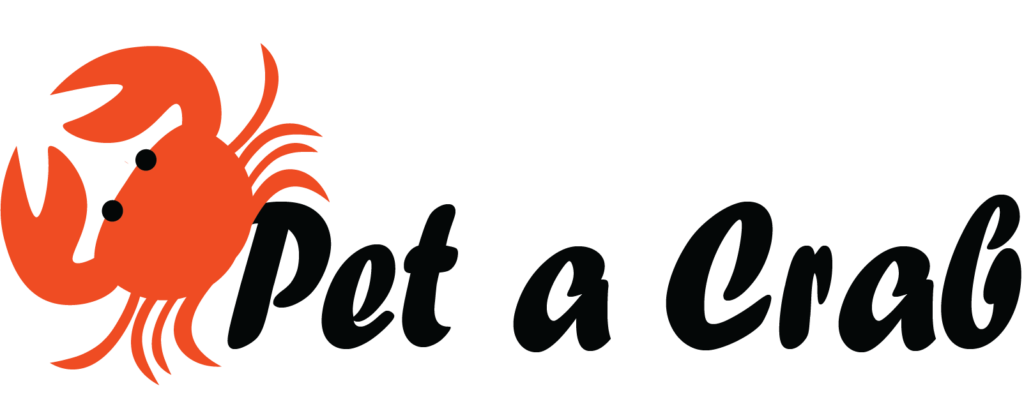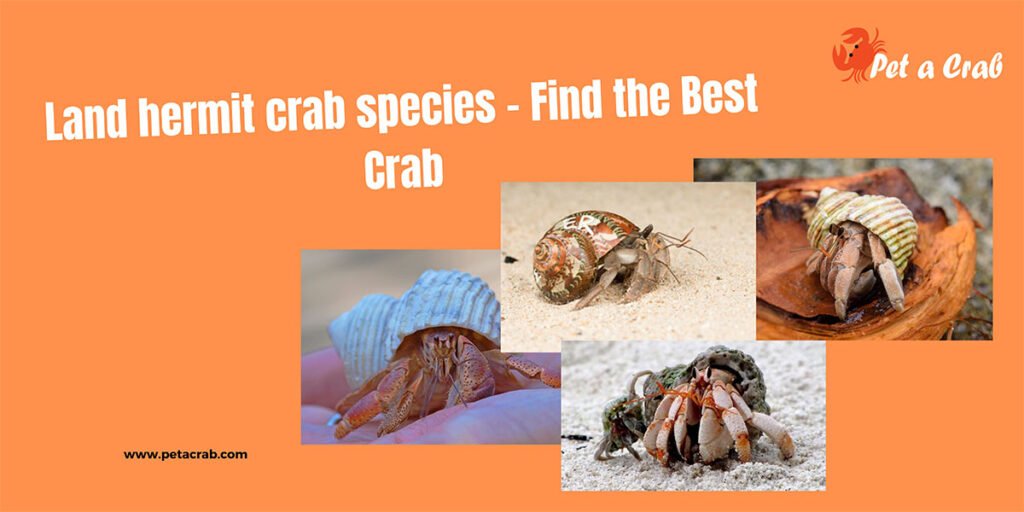Fiddler crabs have fascinating social structures. They are small but they are fun to watch. These crabs have an average of two to three years lifespan. But do you know the fiddler crab food habit? What kind of food do fiddler crabs eat? If you don’t know then this article will give you the information about it.

So, let’s decode the fiddler crab food habit together.
Facts About Fiddler Crabs
Fiddler crabs play an important role in the ecological balance. They are also social animals. Fiddler crabs live in the ocean or on the beaches of the ocean. But some species are found in freshwater like river water. When they live in the sea they are like wild animals.
But nowadays many people keep them as pets. They are easy to keep as pets. When they are kept as a pet they need a house with minimal space. Fiddler crabs as a pet need brackish water, sand, and many other things to care for. But most important is their food. In the wild or as a pet the food is not the same. Let’s explore the food of Fiddler.

Fiddler crab in wildlife
There are different kinds of fiddler crabs. But Fiddler crabs are omnivorous animals which indicates they eat both plants and animals.
In their wildlife, they eat small invertebrates, such as worms and microfauna as well as algae and eleritus. Algae are part of their daily dietary routine. They use their claws to pick up their food and bring it to their mouths.
Fiddler crabs actively prey on small crabs, fish, shrimp, krill, etc. Different fiddler crabs have different food choices. The male crab has one big claw which he uses to crush food. Other crabs spend their time searching for carrion, dead animals, and plants. They like to eat green plants under the sea. They eat the organic matter that they find in the sand and mud.
In their wildlife, they look for their food continuously in the sea. The feeding habits of fiddler crabs reflect adaptability and survival instincts.
Threats for Fiddler Crabs and Their Foods in Wildlife
Although they are small in size they play a vital role in the ecological balance of our coastal ecosystem. But nowadays they’re under siege from habitat destruction and pollution. These environmental threats are a double-edged sword that not only harms fiddler crabs but also harms their primary food source.
With every scoop of soil churned up for construction or each wave of pollution that washes into the sea that threatens the fiddler crab. Also, it disrupts their crucial role as nutrient recycles. But we need to protect them cause we need them in our ecosystem.

Fiddler Crab in Captivity
While the diet of wild crabs includes a range of natural food like algae and plants etc. But in captivity, you’d need to provide alternatives that are close to natural food sources. Practically, we need to provide a diet that closely resembles their wild diet.
Although different kinds of formulated diets are especially for fiddler crabs in the market. Mainly they are found in the pet store where crabs are sold. Always check the food that is only designed for crabs. You can feed them one or two times a day. Give them food as they can consume.
Don’t give them too much food because the uneaten food impures water which is harmful for the crabs. Always remove the uneaten food from the tank. Fiddler crabs need to be fed daily. So, you need to ensure their daily diet. Always check how much your fiddler can eat then increase or decrease the food as they need.
When fiddler crabs live in captivity they have many options for food. You can give your fiddler pellet crab food because it will provide proper nutrition to your crabs. Bloodworms, plankton, brine shrimp, etc also you can give them. They eat green vegetables like spinach, lettuce, leafy greens, peas, etc.
You can also try to give them crushed eggshells once in a while for better nutrition. Moderating the food when it comes to feeding them. They need protein and calcium to feed them. Always give your fiddler fresh food. If you use commercial food, check the expiry date of the food. Don’t give them old food that can harbor bacteria which is harmful to health.
Remember, the goal is not just to feed them but to nourish them. Try to provide them with a diet that closely resembles their wild diet. After all, who doesn’t want to see their pet fiddler crab live happily?

Importance of Proper Diet in Captivity
In their wildlife, fiddler crabs choose food to eat when they need it. Mainly when they feel hungry they can eat their food. But in captivity, they can’t eat their food alone. So, the right food diet can give the fiddler crab a healthy life and also increase their lifespan.
When their meals are out of tune, it can lead to a problem. Furthermore, it can affect their shell growth, and impact their ability to molt effectively. As I mentioned earlier in captivity they need food that reflects their wild diet. From protein to plant matter they need a balanced diet.
Consistent feeding promotes a healthy life and also healthy molting. Feeding a fiddler crab in captivity is more than just fulfilling its hunger. Essentially, it’s about providing the right nutrients. So, always check your fiddler’s diet for a healthy life.
Common Mistakes in Captivity
Fiddler crabs are tiny animals. They need a very small amount of food every day If anyone gives them too much food they can cause many health problems. Overfeeding can cause them to become overweight, which can lead them to various health problems.
Another mistake is not giving them the variety of food in their diet. They need a balanced diet that includes protein and calcium. So, you need to ensure their food has the right amount of macros. Always check their food is fresh and includes the nutrients.
Wrap up
Fiddler crabs are not picky eaters. In wildlife, they find their food according to their needs. But in captivity, they need nutritional food to match their natural food habits. Hope this article will help you decode the fiddler crabs’ food habit.
Read: Fiddler crab tank mates


